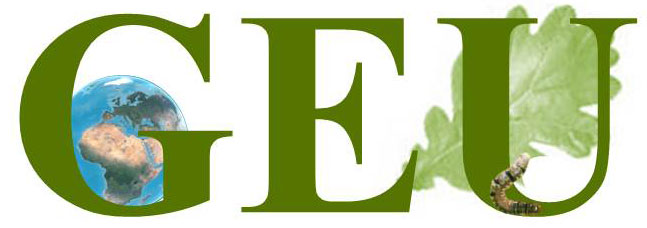The increasing importance of aquaculture in fish production contributes to the shortage of the critical resource phosphorus and thereby endangers food security in the long term if no counter measures are taken. This is shown by a study just published in Nature Communications of a group of Imbalance-P researchers.
Phosphorus is an essential element for all forms of life on Earth. The rapid rise of human demand for food has quadrupled phosphorus inputs in form of fertilizers into the biosphere since the pre-industrial time. Due to the rapid exploitation of the finite phosphorus sources and inefficient use of P, future food security is at risk. As a consequence, the European Union has included phosphorus into the list of 20 critical raw materials which for which supply security is at risk and economic importance is high in 2014. Regulations for phosphorus fertilizer use in agricultural production has lead to improvements in the use of phosphorus, but it’s use in fishery and aquaculture has not been considered yet. This should change, as a new study shows that fish production consumes substantial amounts of phosphorus at a very low efficiency: Globally, only roughly a quarter of the phosphorus that is used to raise fish is being harvest, while the remaining is being lost potentially causing harm in nearby ecosystems (e.g. biodiversity losses). “The phosphorus that enters rivers and ocean is lost as it is difficult to be recovered. Therefore, these losses must be minimized to ensure phosphorus is available for future generations.” says co-author Prof. Josep Penuelas, from CSIC-CREAF.
Finfish, crustaceans and mollusks (hereafter generalized as fish) are becoming more and more important as a protein source in the human diet: in 2013, 17% of all animal protein consumed by mankind originated from fishery and aquaculture. Whereas captured fish satisfy their phosphorus need from naturally occurring food source (e.g. other fish, plankton), aquaculture relies on phosphorus addition in form of fish food or fertilizer to enhance plant growth (for herbivory fish) to grow fish. As the share of fish originating from aquaculture is increasing, from less than 5% in the 1950s to roughly 50% in the 2010s, the originally landwards flow of phosphorus by fishery has reversed to loss of phosphorus from land in the form of fertilizer and feed additives. On average, about 80% of the added phosphorus in aquacultures is not being harvested, which poses a sustainability issue if no measures are taken to reduce this fraction. “We estimated that harvested fraction of added phosphorus in aquaculture has to more than double by the year 2050 to allow a phosphorus sustainable fish production”, says Dr. Jordi Sardans, from CSIC-CREAF.
“Phosphorus is a non-renewable yet limited and vital nutrient for crops. We should start to think about how to recycle and reuse phosphorus in fish consumption to grow more crops, while minimise phosphorus we put into water especially for aquaculture” says Dr. Yuanyuan Huang, the leader of the study.
Huang, Y., Ciais, P., Goll, D.S. et al. The shift of phosphorus transfers in global fisheries and aquaculture. Nat Commun11, 355 (2020) doi:10.1038/s41467-019-14242-7
Link to the paper: https://www.nature.com/articles/s41467-019-14242-7


